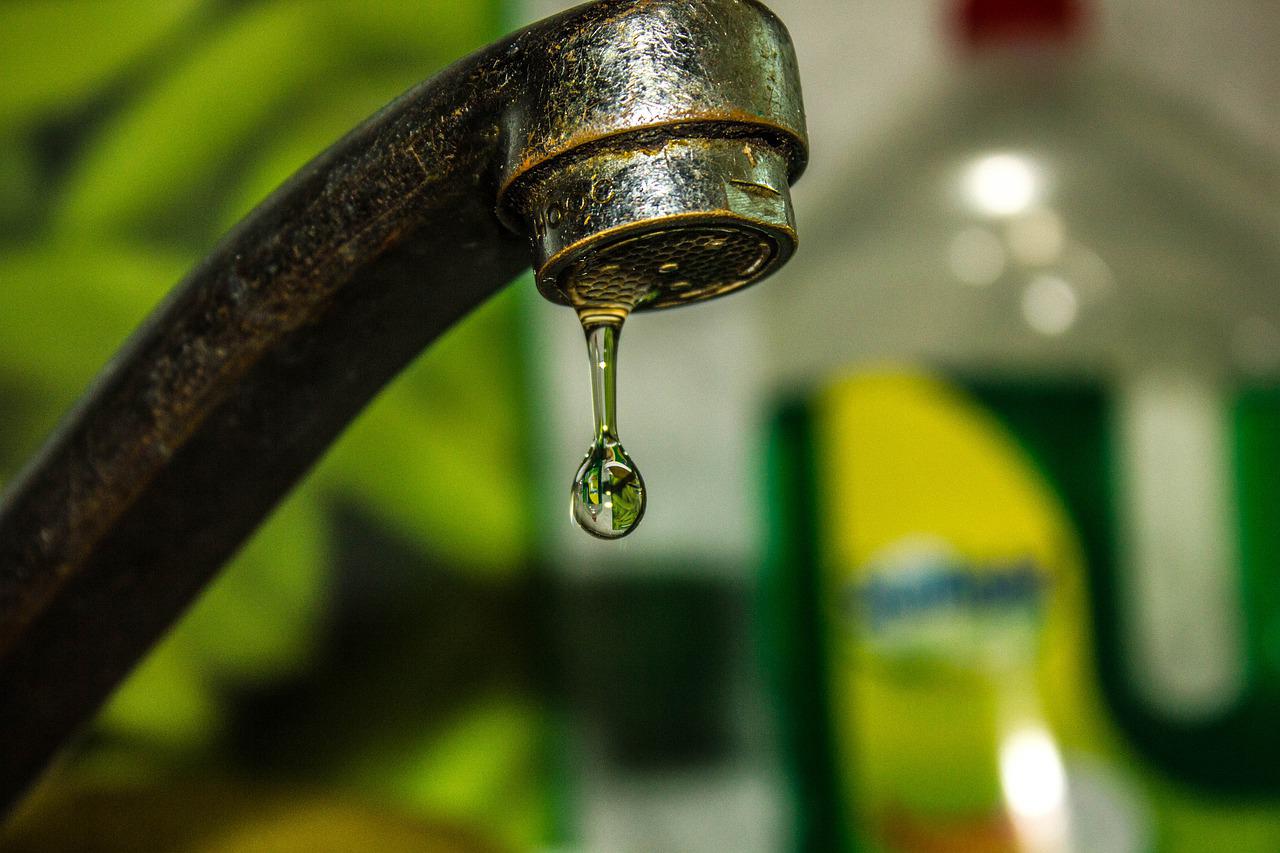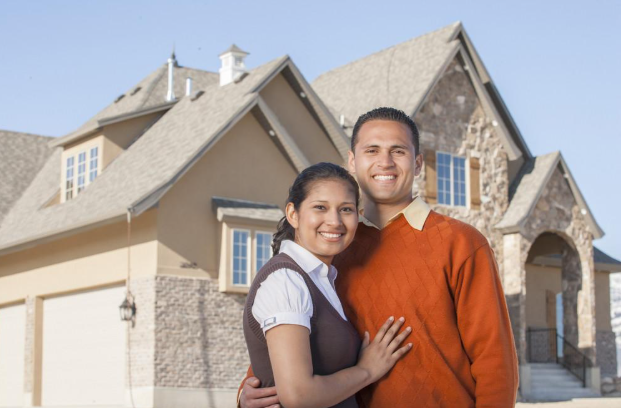As awareness of climate change and other environmental dangers continues to grow, more and more home and business owners prioritize sustainability. Many consumers now look at what companies are doing to conserve energy and resources before hiring a service or making a purchase.
Sustainable plumbing is one area of opportunity for businesses and homeowners alike to reduce their ecological footprint. Whether you’re in the initial construction phase or redoing your plumbing, you have the option to invest in more eco-friendly alternatives to standard plumbing systems.
What is Sustainable Plumbing?
Sustainable plumbing is an environmentally friendly way to use water in your home or business. The main goals are to save water and save energy. Sustainable plumbing systems use recycled and sustainable materials; for example, they typically include tankless water heaters, which use less energy and waste less water than traditional units. They also incorporate solar-powered systems, where possible.
Other sustainable systems may include harvesting rainwater, reusing water, and installing low-flow fixtures and toilets. These help keep water consumption as low as possible while still meeting the household or business’s needs.
Saving Water
There are numerous ways that water-efficient plumbing can help reduce water consumption. In homes, kitchens and water heaters generate the most waste, and in office buildings, most water consumption occurs in restrooms.
What sustainable plumbing practices can reduce water waste? Toilets with true-flushometers are designed to dispense the same amount of water per flush regardless of the pipes’ pressure; on the other hand, sensor-enabled urinals save around 80 percent of water used by standard versions. There are also water-free urinals with lower maintenance costs.
Additionally, sensor-enabled faucets only dispense a certain amount of water per activation and can be battery or solar-powered. Keeping water pressure as low as possible can also help reduce waste, which you can achieve by installing low-flow faucets and showerheads wherever your client approves.
Using Sustainable Materials
If a client wants to invest in sustainable plumbing, you should explain the advantages and disadvantages of different pipe materials. With this information, they can make their own strategic decision.
Metal Pipes– Metal pipes are typically made from recycled materials and are easily recycled and are also more resistant to cracking, helping to head off that water waste. However, the energy cost for recycling metal pipes can add up, and they do corrode faster, meaning chemicals can leak into the water supply if not replaced.
Iron Pipes– Iron pipes typically last for about 50 years, and an epoxy lining can extend the pipe’s lifespan and create a barrier between the water and the corroding metal.
PVC Pipes– PVC pipes have become extremely common in today’s plumbing world. The strong plastic can last around 100 years if cared for properly. However, they are harder to recycle due to their high energy demands, and a lot of PVC scraps or old pipes end up in landfills.
Alternative Plastics– Other plastics, such as polyethylene and polypropylene, are more easily recycled than PVC and have a better environmental rating. However, they typically last half as long as PVC.
Reducing Energy Use
Reducing overall water consumption for things like washing machines, bathtubs, showers, and kitchen appliances is a great way to decrease overall energy consumption. An estimated 20 to 30 percent of the energy used in homes results from the water heater alone, and that doesn’t include the energy used to move the water to different areas of the house where the hot water is needed.
Using low-flow fixtures in the building can help to reduce overall energy consumption and cost. Upgrading the water heater to a tankless water heater or at least a more efficient heater will also help reduce energy use and water waste.
Cost Estimation for Sustainability
Studies show that using green materials and practices can reduce overall building costs in the long run. For instance, using plumbing manifolds can reduce installation costs because you don’t have to install individual cut-offs for each line.
Using the best plumbing estimating software can help you estimate costs for your clients more accurately. The software will quickly and accurately gather and report prices for materials and labor, making it easy to compare the cost of sustainable versus traditional plumbing options.
Your Bottom Line
Offering sustainable plumbing and building options will help your constructive business stay competitive during trying times. Staying ahead of the curve by sourcing and offering the most sustainable practices can get you more business at a competitive rate while building your community’s trust in your business.









